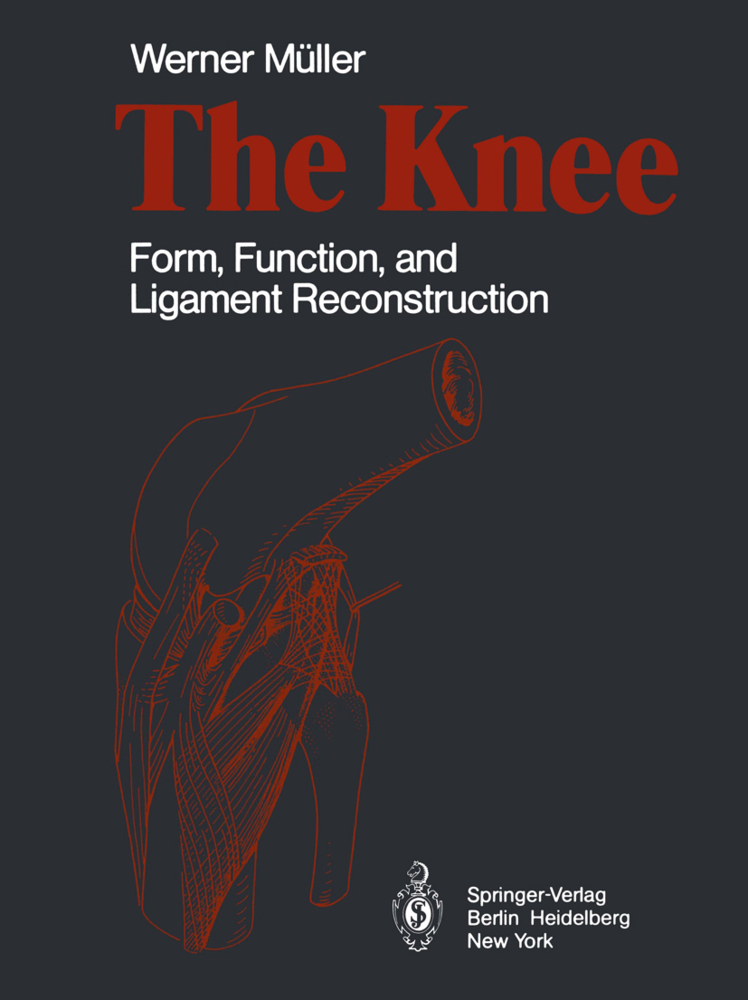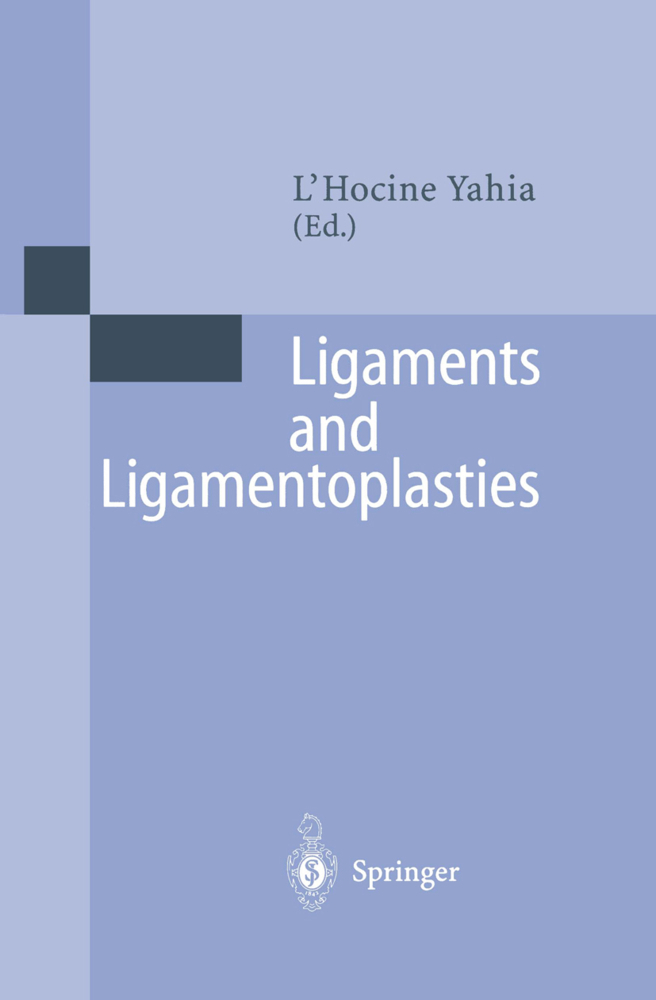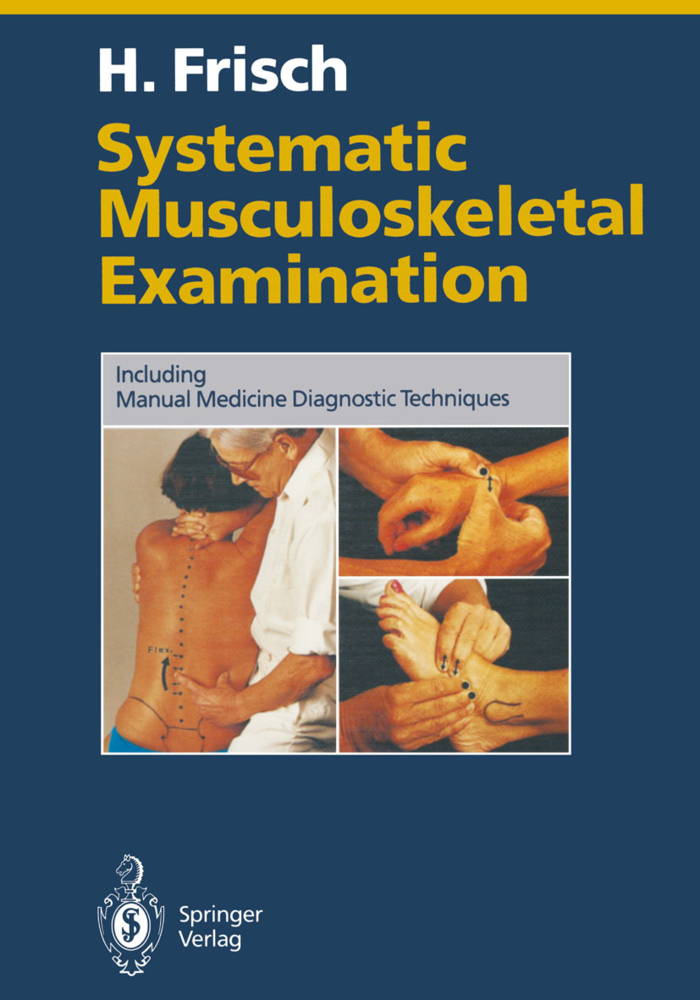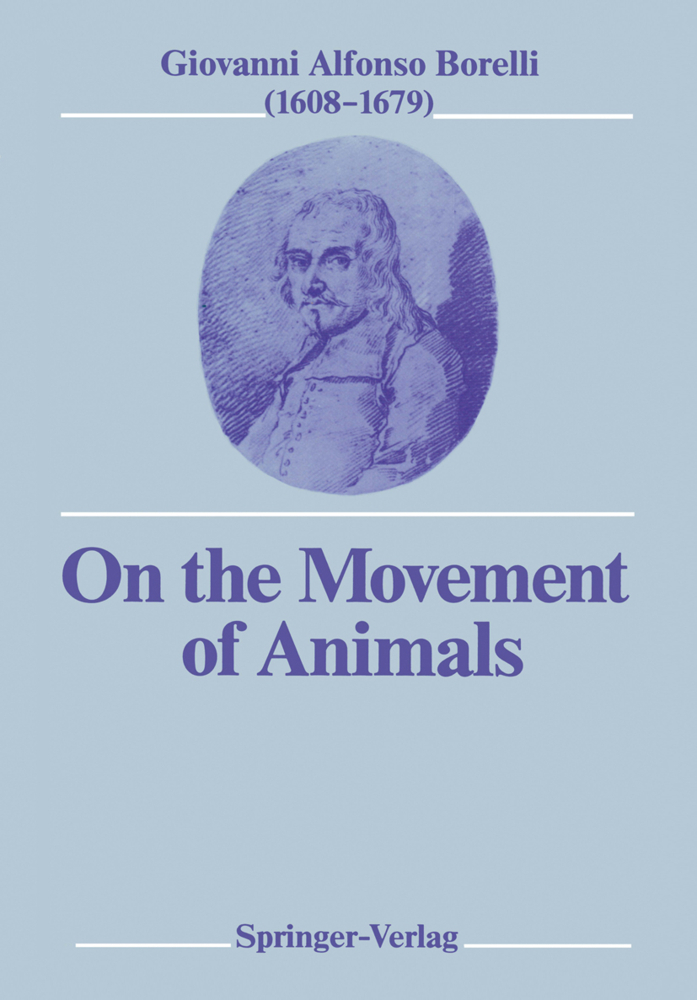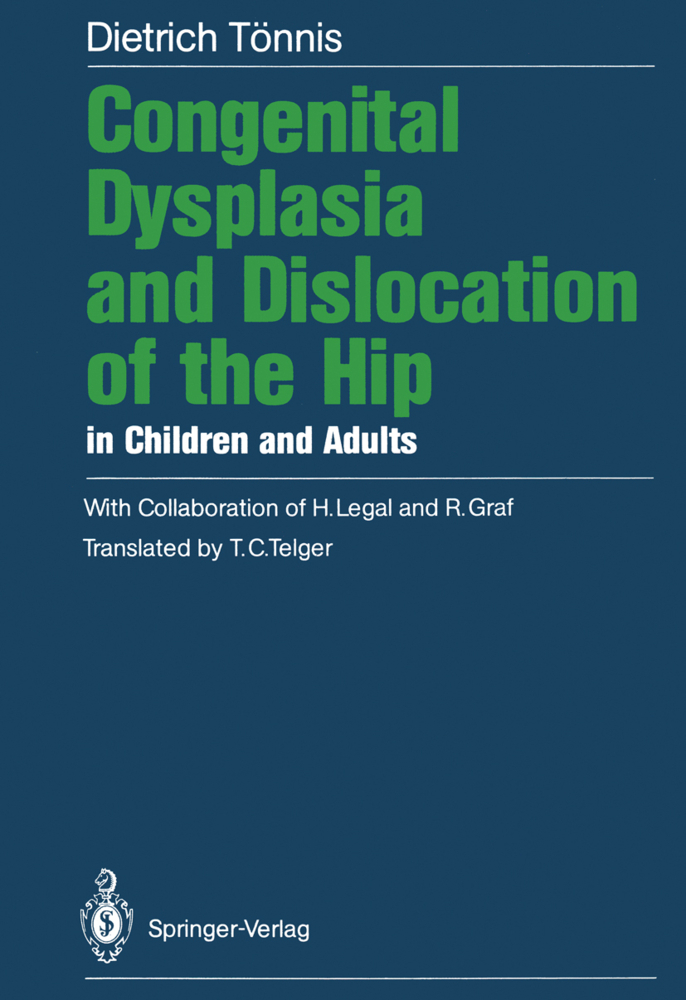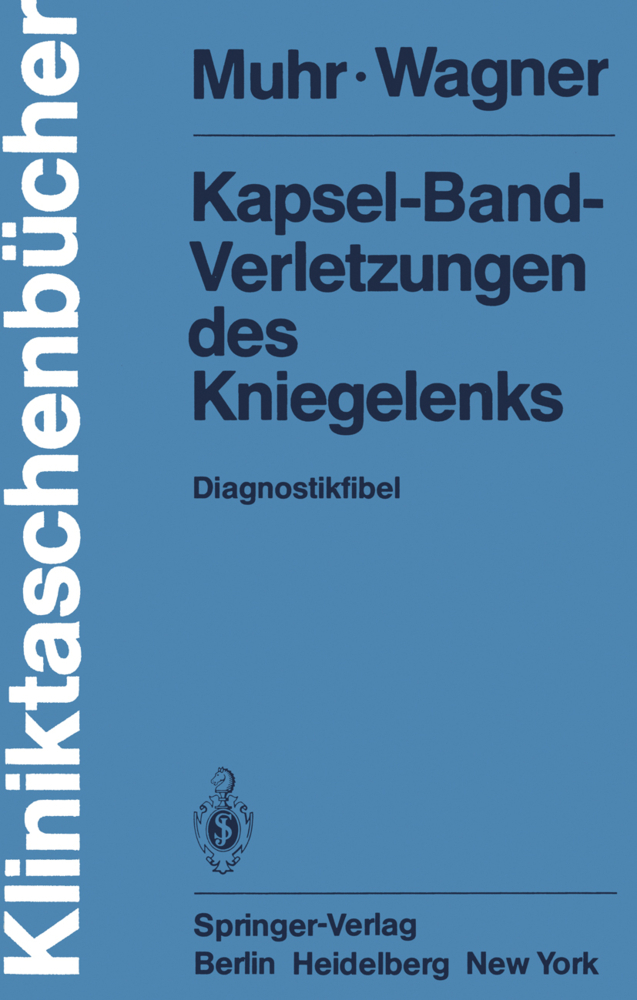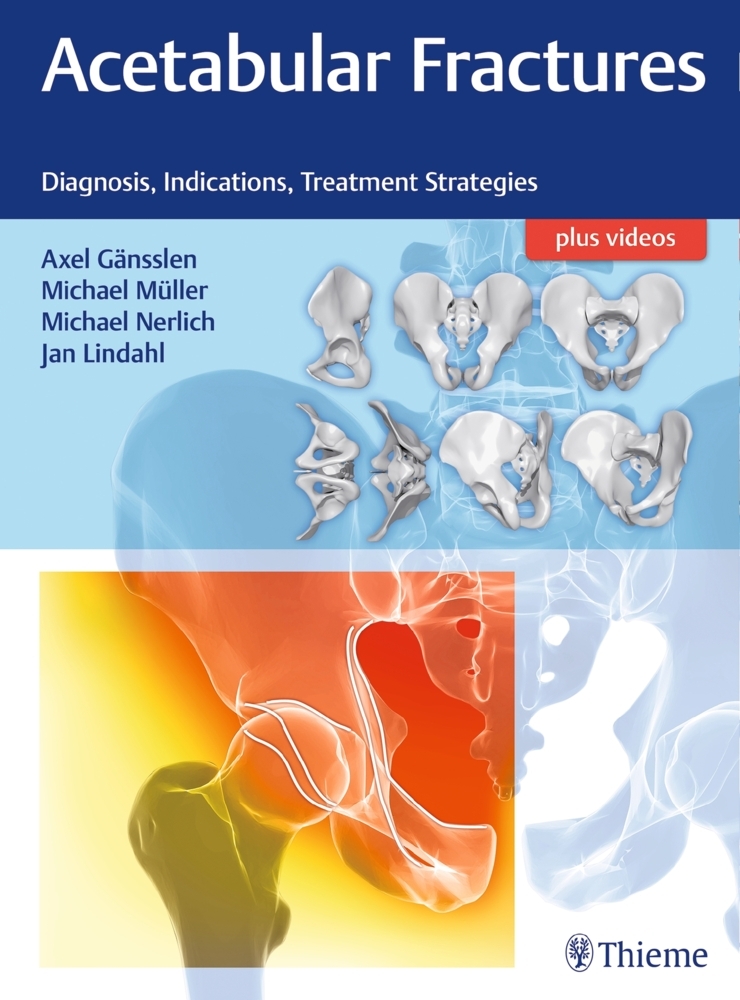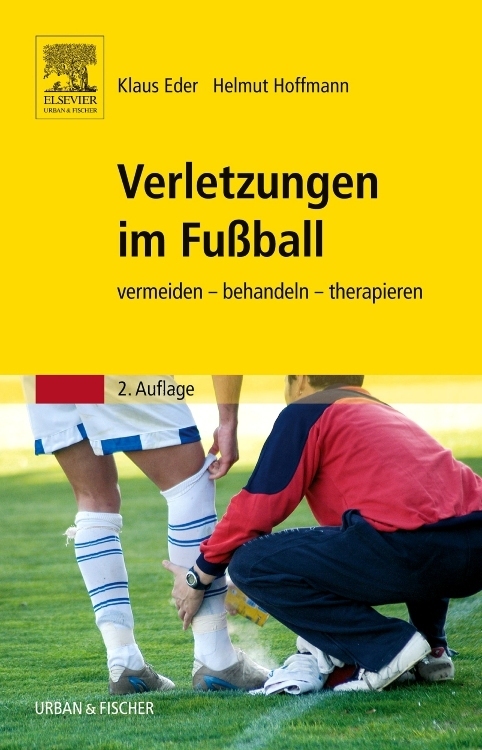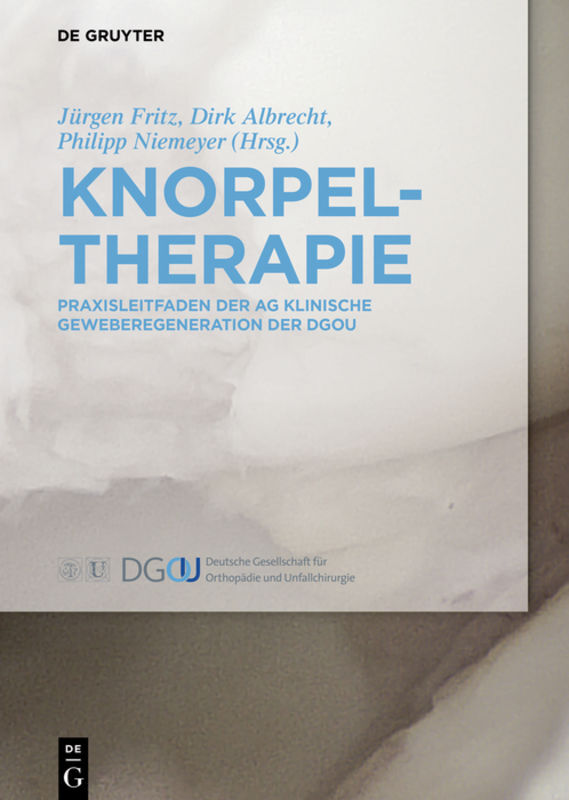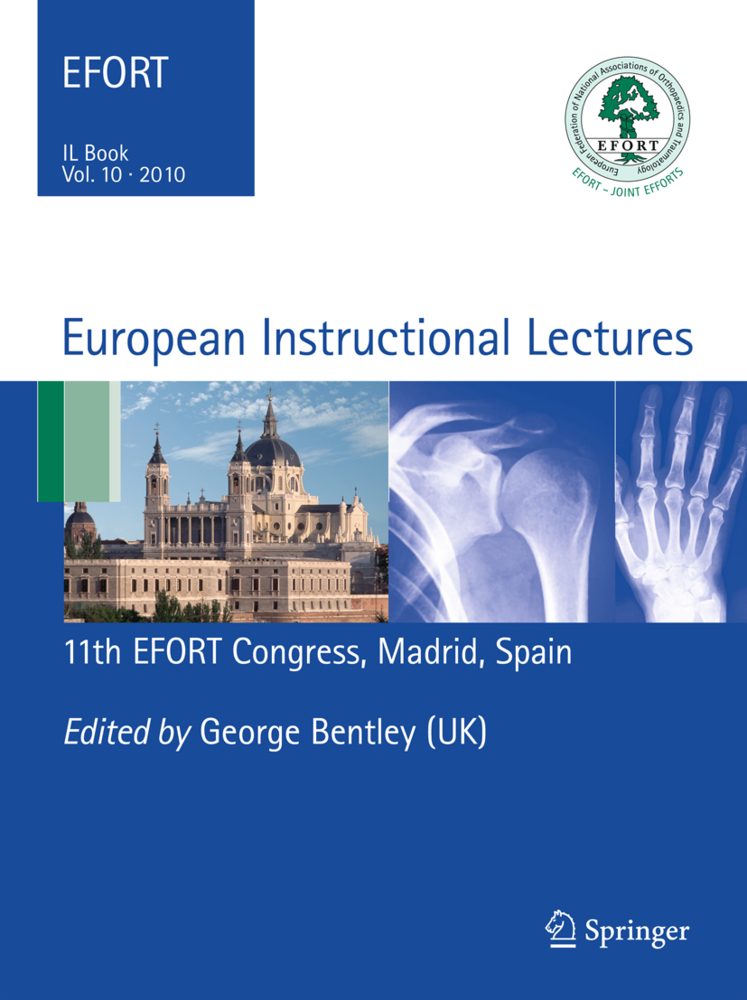The Knee
Form, Function, and Ligament Reconstruction
The Knee
Form, Function, and Ligament Reconstruction
This new treatise is the most outstanding piece of work on the knee and its associated ligaments currently available. Never before have I seen such an extensive study of the biomechanics of the knee with such a comprehensive review of the literature. The first section of the book, which deals with the functional anatomy (structure and biomechanics), immediately alerts the reader to the necessity of understanding the natural develop ment and action of the related structures, clearly emphasizing that successful diagnosis and treatment cannot otherwise be expected; the many who want an easy standard approach to each classic problem may find this hard to accept. Study what Werner Muller has written and compare it with your own findings from repeated dissection of anatomical specimens. The author goes on to stress that to have a real grasp of reconstructive surgery of the ligaments, one must be properly acquainted with the pathology and the repair of acute lesions. In no other way can one learn to recognize chronic problems. Once this step has been mastered it can be seen that the reconstructive procedures that Muller advocates do, for the most part, follow the laws of Nature rather than create the kind of abnormalities which often disrupt natural anatomical func tion.
Rotation
Examination of the Injured Knee Joint
Injuries of the Ligaments and Capsule
General Operating Technique
The Primary Repair of Special Injuries
Secondary Repair and Plastic Reconstruction of the Ligaments in Old Injuries
Postoperative Rehabilitation
Clinical Material and Results
List of Sources
References.
Anatomy
KinematicsRotation
Examination of the Injured Knee Joint
Injuries of the Ligaments and Capsule
General Operating Technique
The Primary Repair of Special Injuries
Secondary Repair and Plastic Reconstruction of the Ligaments in Old Injuries
Postoperative Rehabilitation
Clinical Material and Results
List of Sources
References.
Müller, W.
Hughston, J. C.
Telger, T. C.
Muspach, R.
| ISBN | 978-3-642-61765-2 |
|---|---|
| Medientyp | Buch |
| Copyrightjahr | 2012 |
| Verlag | Springer, Berlin |
| Umfang | XVIII, 314 Seiten |
| Sprache | Englisch |

